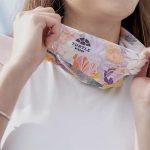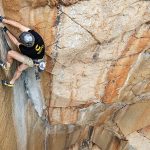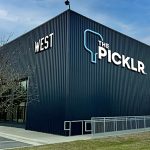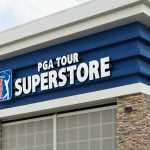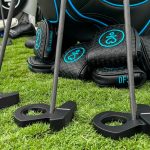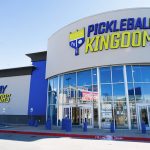When it comes to ranking golf club brands, both in terms of company profile and the clubs they sell, the golf-playing public often pays little heed to the brands' marketing efforts. This conclusion was developed as a result of a nationwide study by Decision Analyst, Inc., a marketing research and marketing consulting firm.
The study (completed by a nationally representative sample of 3,805 golfers) delivered findings that may well prove to be troubling reading for many (though not all) club manufacturers.
The survey respondents had great difficulty judging which brands are most likely to be found in the bags of their fellow golfers — be they amateur or professional. When asked to pick which club brand is most played, the top choice was Callaway with 20 percent, yet the true market share for Callaway is approaching double that level. Similarly, just one percent of respondents identified Cobra as a leading club manufacturer, a long way short of the ten percent market share enjoyed by the company.
“Few amateur golfers appear to have any real idea whose clubs are in their fellow players' bags,” said Decision Analyst, Inc. Vice President Bruce Crandall, who supervised the study. “The data shows some companies — Ping and Wilson for example — have built a brand equity significantly stronger than their true market share, while others — notably Callaway, TaylorMade-Adidas, and Cobra — have plenty of room for improving brand awareness.”
One key explanation for the lack of brand awareness may lie in the club purchasing process. The survey found the number one factor determining club purchases was “value for the money” (chosen by 28 percent of respondents). Known product quality and prior personal experience (22 and 16 percent respectively) were the other key factors. Compared to these considerations, just 3 percent of respondents said they base their buying decision on recommendations by a well-known spokesperson or tour professional, and an identical percentage considered brand popularity to be important.
“The survey findings suggest that the marketing power of many brands is very weak, and that the recommendations of touring pros carry little influence when it comes time to buy,” said Crandall. “Take the case of Titleist, for example. It was considered to be the second most popular professional-played brand, yet only 9% of those golfers we surveyed were interested in winning a set of Titleist clubs (compared to 21 percent who would like Ping clubs and 24 percent for Callaway). A lot of the club brands have their work cut out for them if they are to convince the amateur golfing public to buy their products.”
Methodology: The results are based on a nationally representative survey conducted online among 3,805 golf club owners, which was referenced with Census Bureau data for gender, age, geography, marital status, presence of children, and income. The study's margin of error is plus or minus one percent. Survey respondents were members of the American Consumer Opinion(R) online panel, one of the largest consumer panels in the world, which includes over 3.5 million consumers. The survey was open to adult consumers in the U.S.

